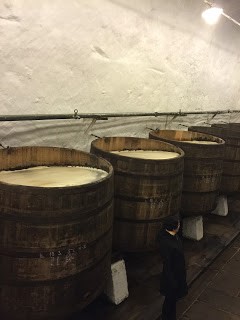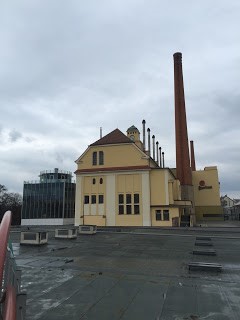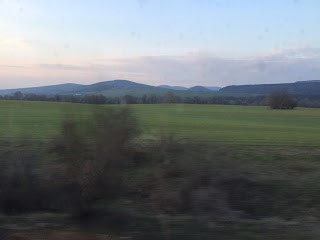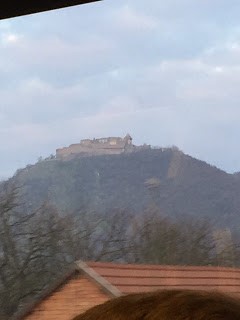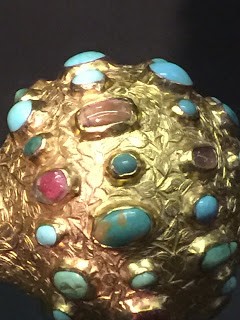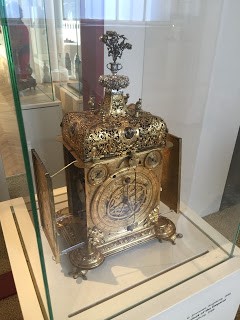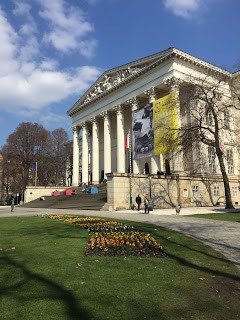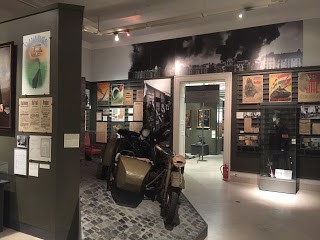From Prague to Budapest
March 19, 2016
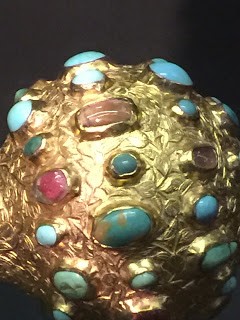
Tim Howard, Curator of Exhibits and Research, is currently conducting research in Prague and Budapest. He will be updating the blog as a Field Reporter while he travels and explores.
Pilsner Urquell Brewery
My last day in the Czech Republic took me to Plzen (Pilsen) where I toured the Pilsner Urquell Brewery. The pilsner, first created in 1842 by a coalition of brewers in Plzen, is the prototype for about 70% of the beers around the world today! To find out more about this highly influential beer, and to taste some of Wichita's finest local brews, come to Beer Culture on April 22.

|
|
|
Fermentation Barrels |
|
|
|
New brewery (left) and historic brewery (right) |
On the Train
The next day, after walking around to soak in the flavor of Prague for the last time, I boarded the train to head to Budapest. It was a 7-hour ride with picturesque pastoral scenes mixed with modern cityscapes as I traveled through the Czech, Slovakian, and Hungarian countryside.
|
|
|
The countryside from the train |
|
|
|
Castle on a hill, seen from the train |
Budapest
The atmosphere of Budapest is far from that of Prague. Budapest has the same historical richness as Prague does, however, as a much larger city, it has a much more "lived in" feel. On the street I see less tourists and more Hungarian citizens going about their daily business. It was not until getting here that I realized just how dream-like and "sculpted" the environment in Prague was. Both have their advantages, but it was an interesting realization.
My first day in Budapest led me to the Museum of Applied Arts and the National Hungarian Museum. At the Museum of Applied Arts, I was able to see the exhibit "Islamic Art: Selections from the Collection of the Museum of Applied Arts" and the permanent collections which housed astounding examples of craftsmanship from the 1500s to the early 1900s.
|
|
|
The end of an Islamic scepter |
|
|
|
Maximilian II's clock |
The National Hungarian Museum housed exhibits on the history of Hungary from the Stone Age up to the collapse of Communism in 1989. The exhibits were lovely, but I was most moved by the artwork from the Bronze Age up to the Hungarian invasions in the 900s.
|
|
|
National Hungarian Museum |
|
|
|
WWII Exhibit at the National Hungarian Museum |
I will only be in Budapest for another two days, so look forward to my last post on Sunday morning, March 20.
